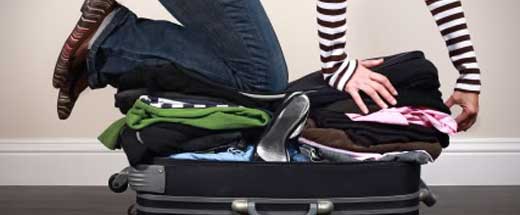Hello friends, here are my links for the week. As you can see…they include storytelling, Medicaid budget cuts, Facebook, Yahoo, and Del.icio.us. I hope you enjoy and let me know your thoughts about any of these articles!
Storytelling is not a Conversation
Nathan Ford
“Markets are Conversations.” Ten years after the Cluetrain left the station spouting these words, many advertisers are still left behind, desperately clinging to the romantic notion that they are storytellers. On the net, though, such ideas are fast becoming anachronisms. For the last fifty years or so, there were a few ways for a person to be influenced by the outside world (radio, television, printed materials, actually leaving the house) and advertisers had every base covered with their brand-related stories: a billboard with a smile, a commercial alluding to Orwell’s 1984, an ad that talked about cars like normal people do… each expertly tuned to play on our emotions. CLICK HERE to read more.
Budget: Medicaid, DSS, prisons hope to run deficits
$264 million-in-the-red proposals to be discussed today by board
December 14, 2010 | GINA SMITH
Three state agencies will ask a state budget panel today to run deficits totaling $264 million. With the state facing a mountain of unprecedented financial woes, Gov.-elect Nikki Haley and the state’s congressional delegation met behind closed doors Monday and discussed some of those urgent budget needs, including shortfalls for education and the state’s exploding Medicaid program. CLICK HERE to read more.
The 2011 Listening Platform Landscape
December 15, 2010 | Zach Hofer-Shall
After an entire month without any acquisitions in the social media data space, there is no excuse but to get back to normal blogging. I assume I’ll be back to posting on M&A again soon, but in the meantime I’ve been busy working on some big research and now it’s finally ready to show off. Today we’ve published “The 2011 Listening Platform Landscape,” a report aimed at helping Marketing and Customer Intelligence professionals navigate a crowded and fragmented array of social media data tools and technologies. CLICK HERE to read more.
Facebook accidentally went live with a handful of prototype features earlier today, including a site-wide yet short-lived overhaul of Pages. Roughly 45 minutes after the mistaken update, Facebook disabled the site, reverted back to its previous state and then tweeted apologetically about the downtime. But that brief span of time was enough for Facebook members and Page admins to get a sneak peak at new features in the works. CLICK HERE to read more.
For a couple of days now, we’ve been hearing rumors that the Yahoo layoffs included the entire Delicious team. Now Former Yahoo employee and Upcoming founder Andy Baio has tweeted out the above Yahoo! product team meeting slide that seems to show that Yahoo! is either closing or merging the social bookmarking service as well as Upcoming, Fire Eagle, MyBlogLog and others. CLICK HERE to read more.







